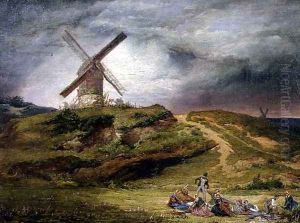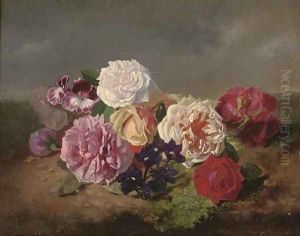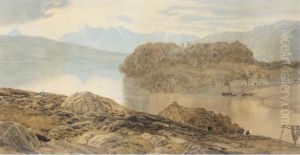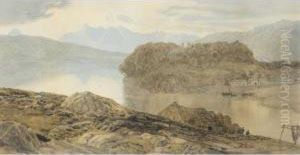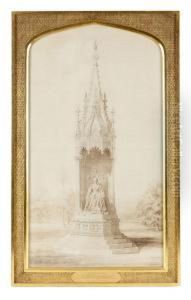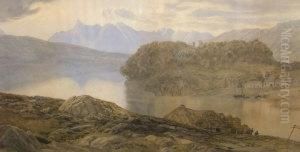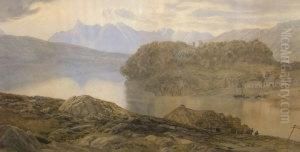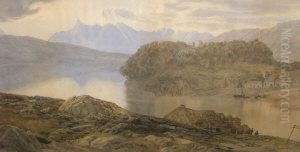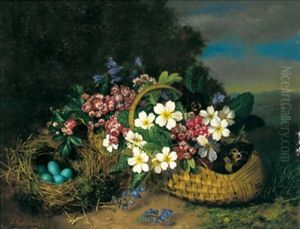John Charles Robinson Paintings
John Charles Robinson was a prominent British art curator, collector, and a key figure in the Victorian art world. He was born on November 16, 1824, in Nottinghamshire, England. His early career was not initially in the arts, but his passion for art and design eventually led him to become one of the most influential art curators of his time.
Robinson’s career in the arts began when he trained as an artist and designer. However, his path swiftly changed as he moved into the world of art curation and museum work. In 1852, he was appointed as an Art Referee for the government's Department of Science and Art. His keen eye for art and his vast knowledge led to his involvement in the selection of artworks for the International Exhibition in 1862, and he played a significant role in developing the art collections for the South Kensington Museum, which later became the Victoria and Albert Museum.
Robinson is especially renowned for his work in expanding the museum’s collections, acquiring numerous European works of art and medieval objects, which greatly enriched the museum's holdings. His acquisitions included items from a wide range of disciplines such as ceramics, metalwork, glass, textiles, and furniture. He was also instrumental in forming the museum's collection of Italian Renaissance sculpture and decorative arts.
Robinson was not without controversy; his methods of acquisition and the authenticity of some of the artworks he purchased were sometimes questioned by his contemporaries. Despite such controversies, his legacy in the art world is significant. He authored several catalogues and scholarly works, contributing to the study and appreciation of art history.
In recognition of his contributions to the arts, Robinson was knighted in 1887. After retiring from the South Kensington Museum, he continued to write and remained an influential figure in the art community until his death on April 28, 1913.
